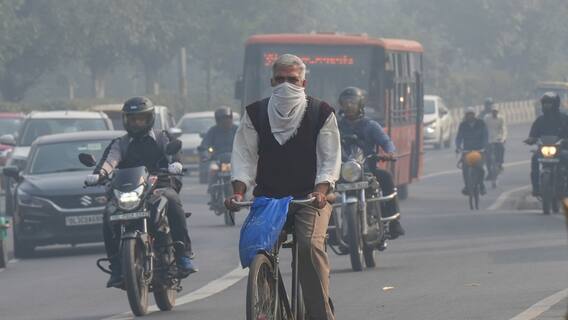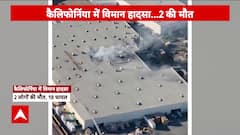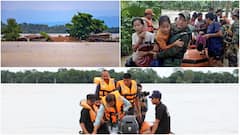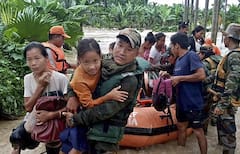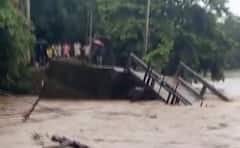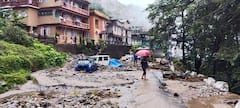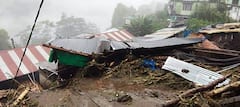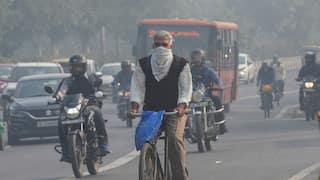Round-The-Clock Patrolling Teams, Boulders: How Railways Will Ensure Safety Of Tracks During Monsoon
A detailed strategy has been adopted to ensure that railway tracks are protected and kept in good condition as heavy rainfall in the northeast region leads to frequent landslides during monsoon.

Guwahati: The Northeast Frontier Railway (NF Railway) has taken several precautionary measures to protect tracks during the upcoming monsoon season and ensure all-weather connectivity. As heavy rainfall in the northeast region leads to landslides, rain cuts in embankments and overflowing bridges, a detailed strategy has been adopted to ensure that the tracks are protected and kept in good condition so that safety of passengers is not compromised.
Mobilization of patrolling teams and material has been carried out for the past few months over the entire jurisdiction of the NF Railway, which has more than 6,400 kilometers of railway tracks spreading over Assam, Tripura, Manipur besides parts of West Bengal and Bihar.
The monsoon season is quite challenging for the NF Railway as it covers a difficult terrain close to foothills of Lower Himalayan ranges, carved by turbulent streams, and fed by heaviest rainfall, reaching up to about 7,000 mm in a year.
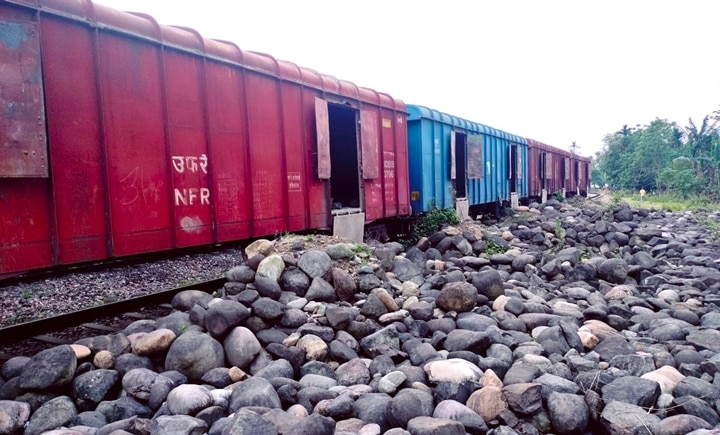
The Southwest monsoon period normally starts from mid May and continues till mid October every year except in the Lumding division, where the monsoon period starts from mid April.
As part of its preparations before the monsoon, collection of materials at sensitive places, cleaning the drainage system, cleaning of bridges' waterways and marking danger level in bridges have already been completed by NF Railway.
It has also deployed patrolling teams to continuously keep a watch on the more than 6,400 kilometers of tracks under its jurisdiction for any defect that may arise due to heavy rainfall. Round the clock patrolling teams have been deployed to keep the railway tracks safe.
These teams are equipped with the latest and state-of-the-art equipment, including Global Positioning System (GPS) tracker, luminous jackets, raincoats, separate waterproof trousers, safety helmets, safety shoes and powerful search flashlights.
Mobile phones have also been made available with each patrolling team to provide information to the nearest railway station about any situation that may affect movement of the trains.
In addition to the patrolling teams, watchmen have also been deployed in sensitive areas like sites that are prone to landslides and bridges where water flows near the danger level.
Despite taking all precautionary measures, there may be situations where bridges are washed away and embankments are breached in cases of heavy rainfall.
To tackle such a situation and to carry out restoration within minimum possible time, materials like boulders, sand, sandbags, various pre-fabricated components of bridges and other materials have been kept loaded in wagons that are placed at strategic points.
More than 7,000 cubic meters of boulders, stones and other required materials have been kept. Moreover, about 27,300 cu m of boulders, 12,600 cu m of quarry dust and 3,000 cu m of silt have been kept as monsoon reserve stock on ground.
Trending News
Top Headlines










